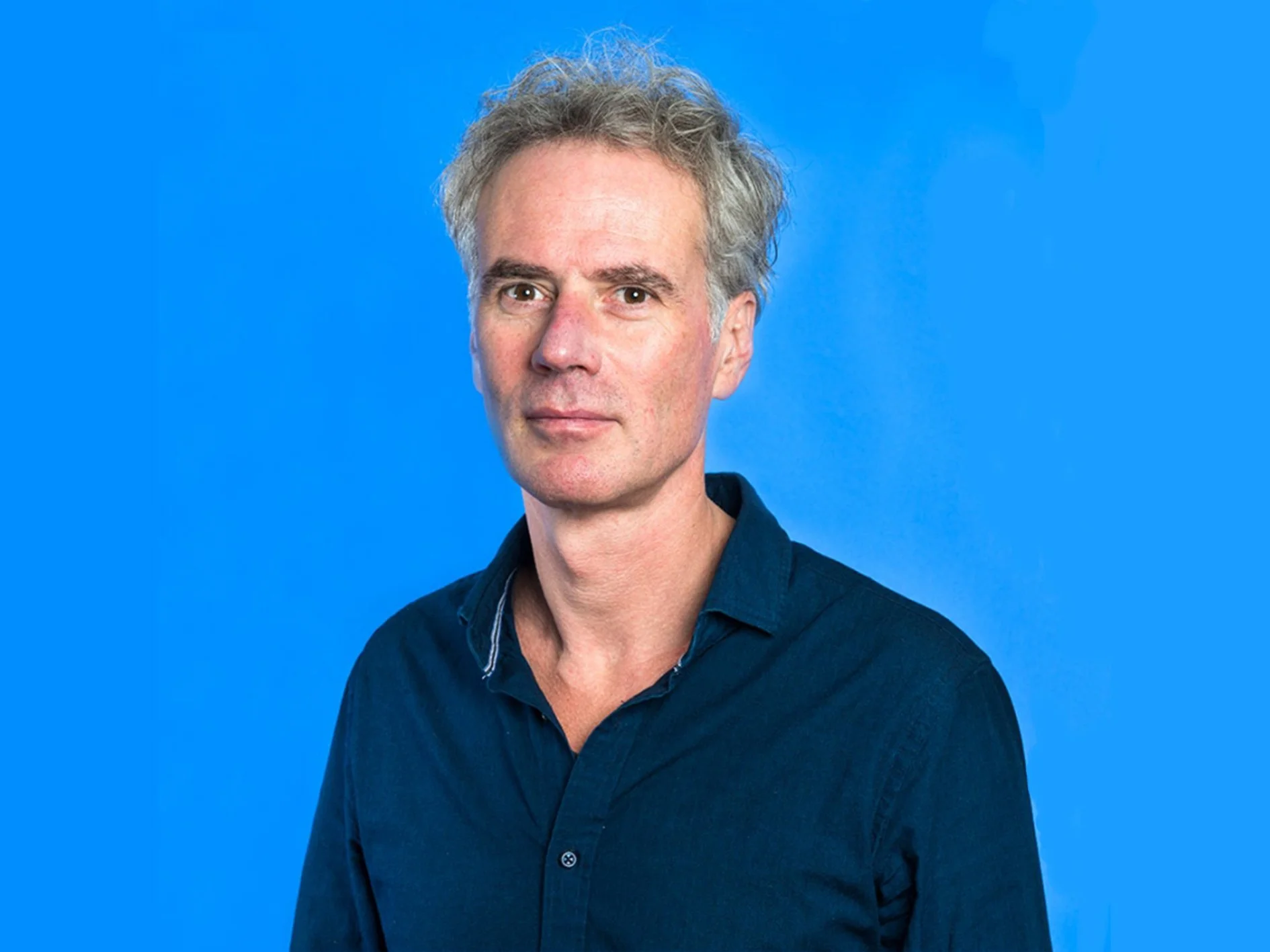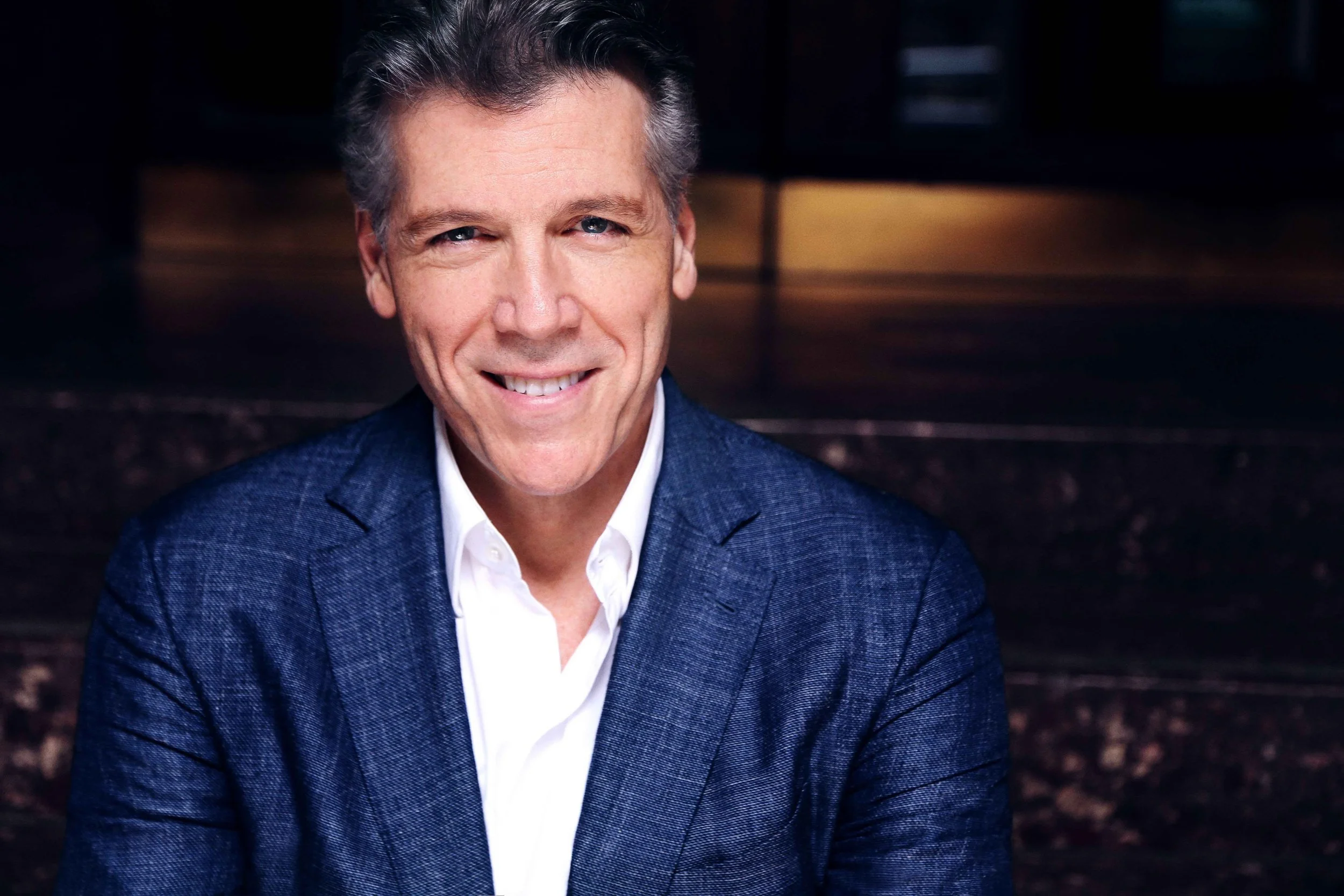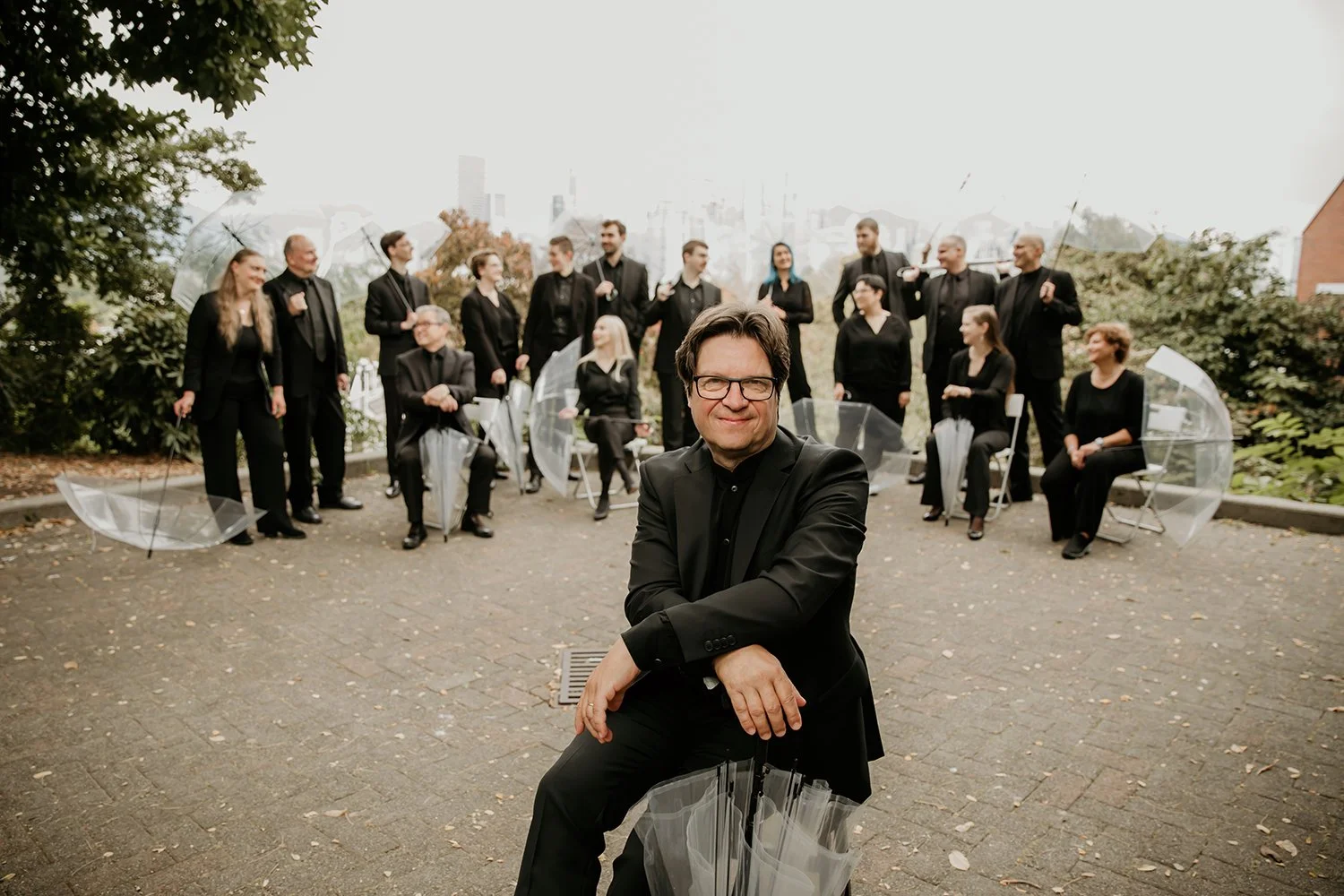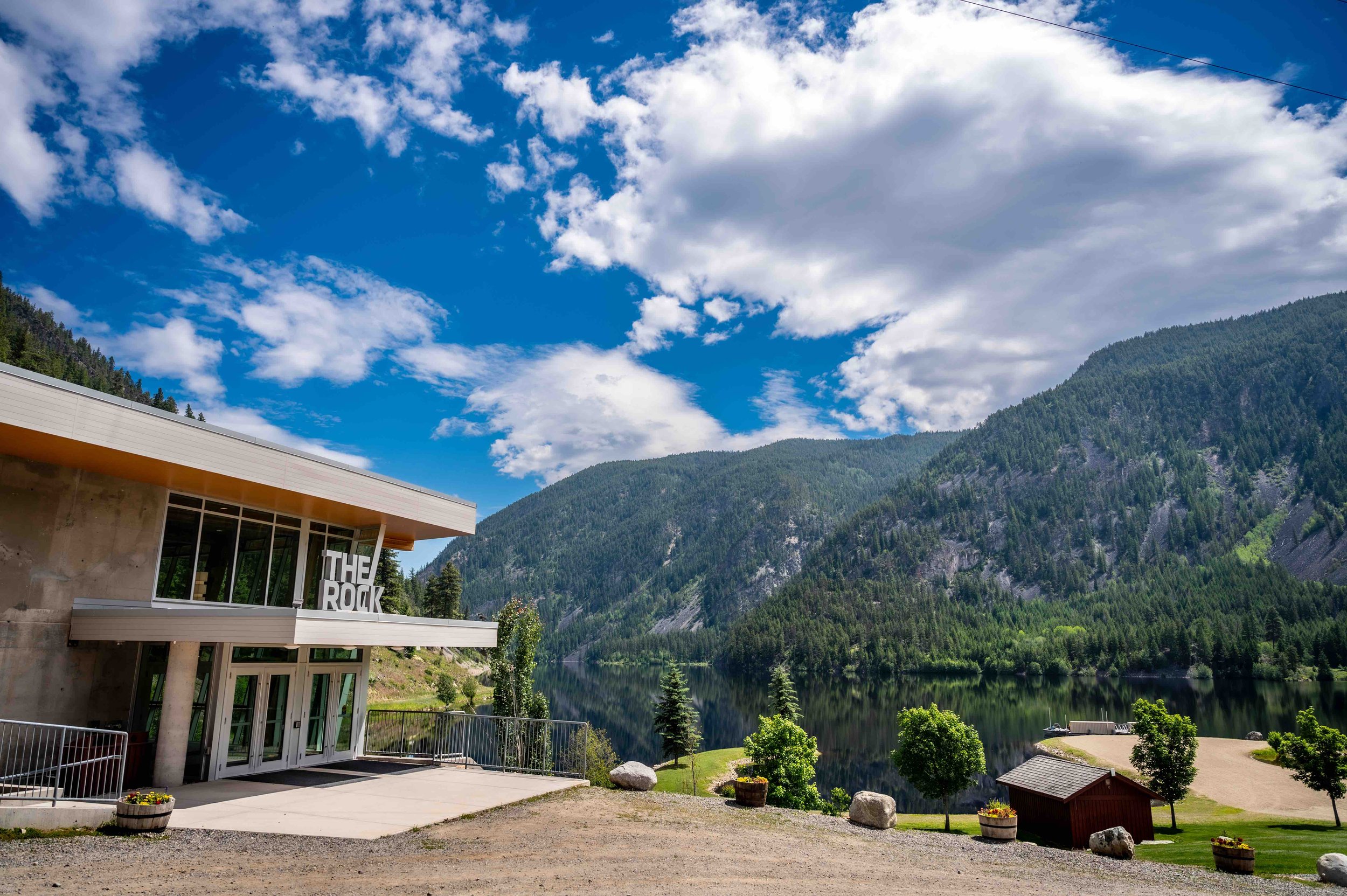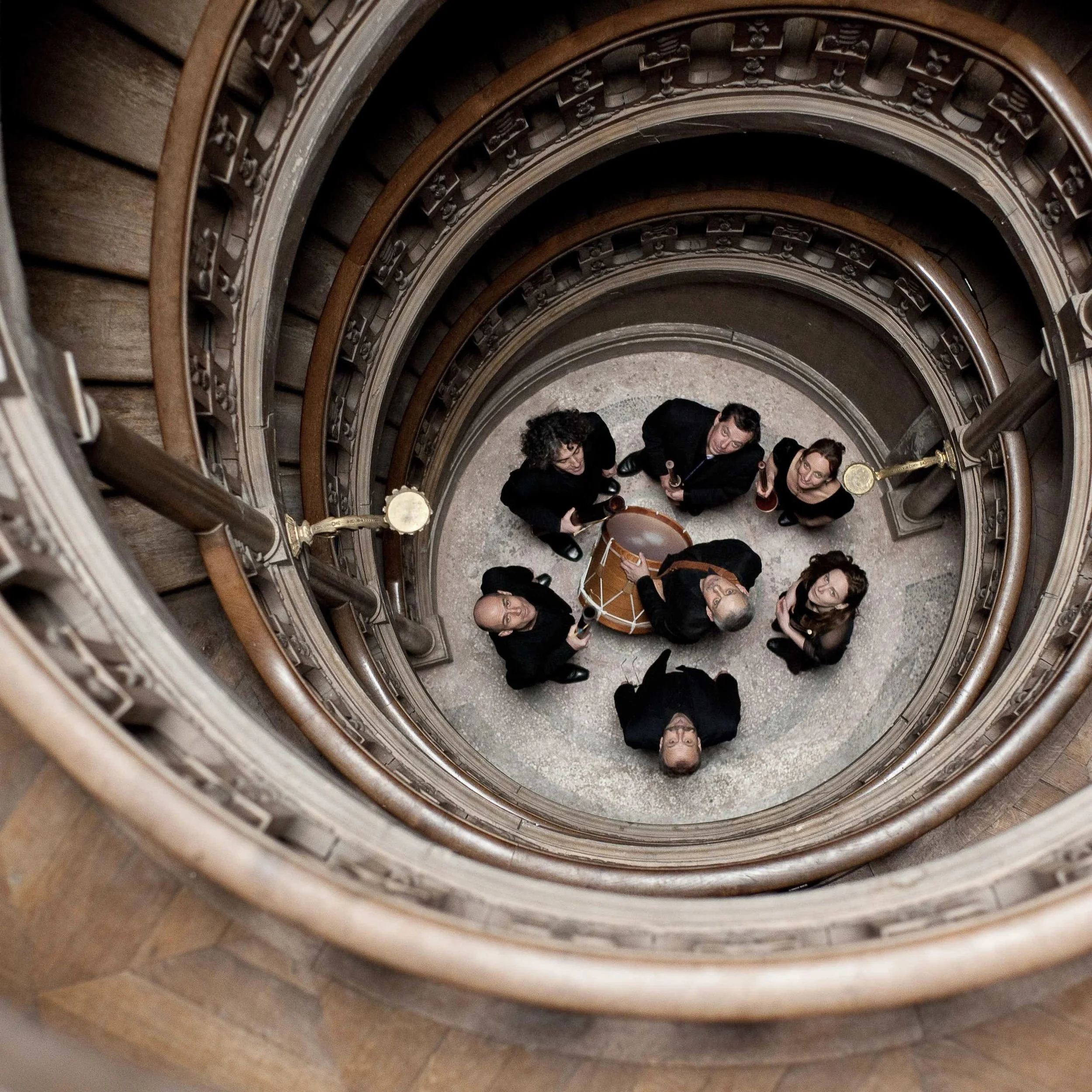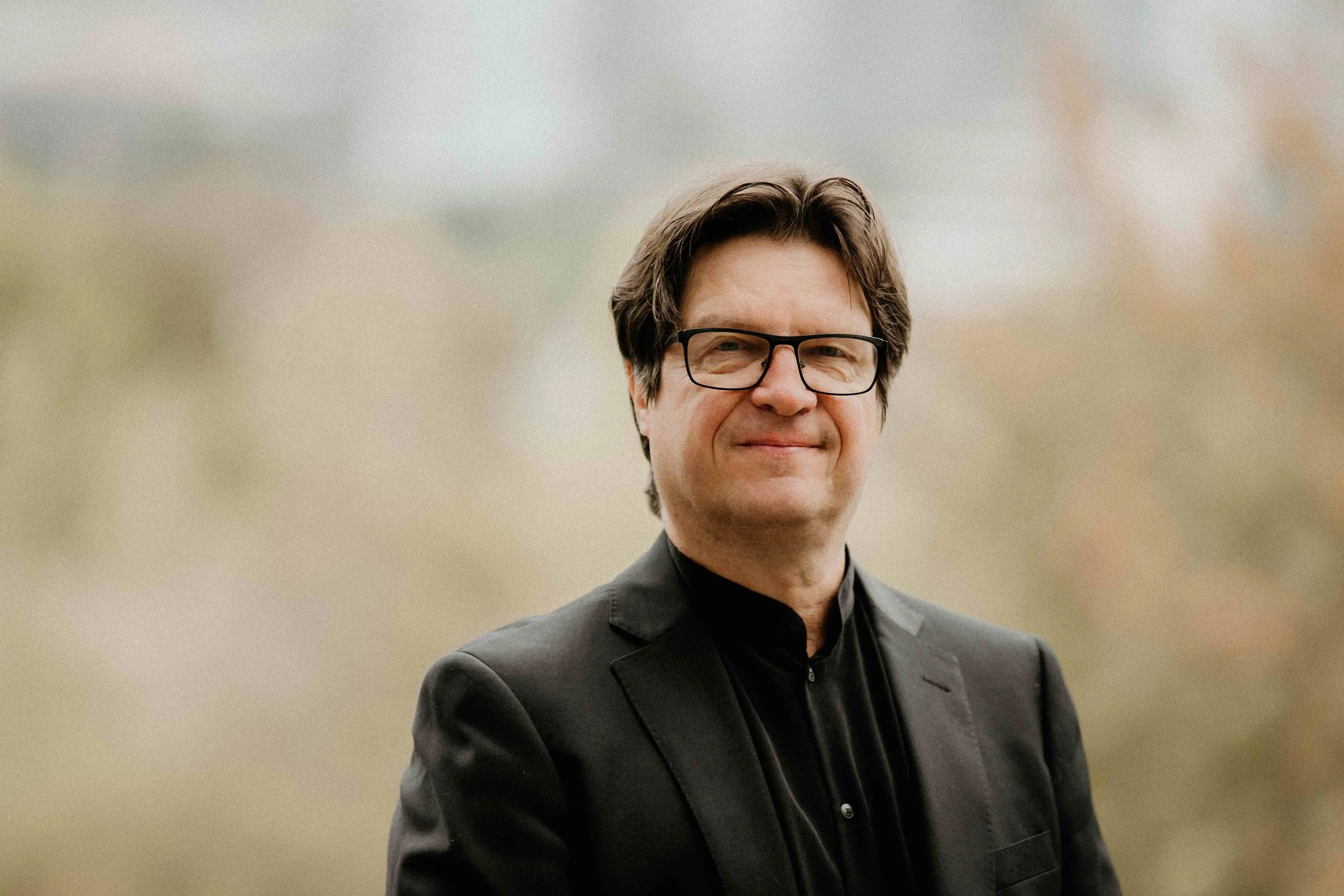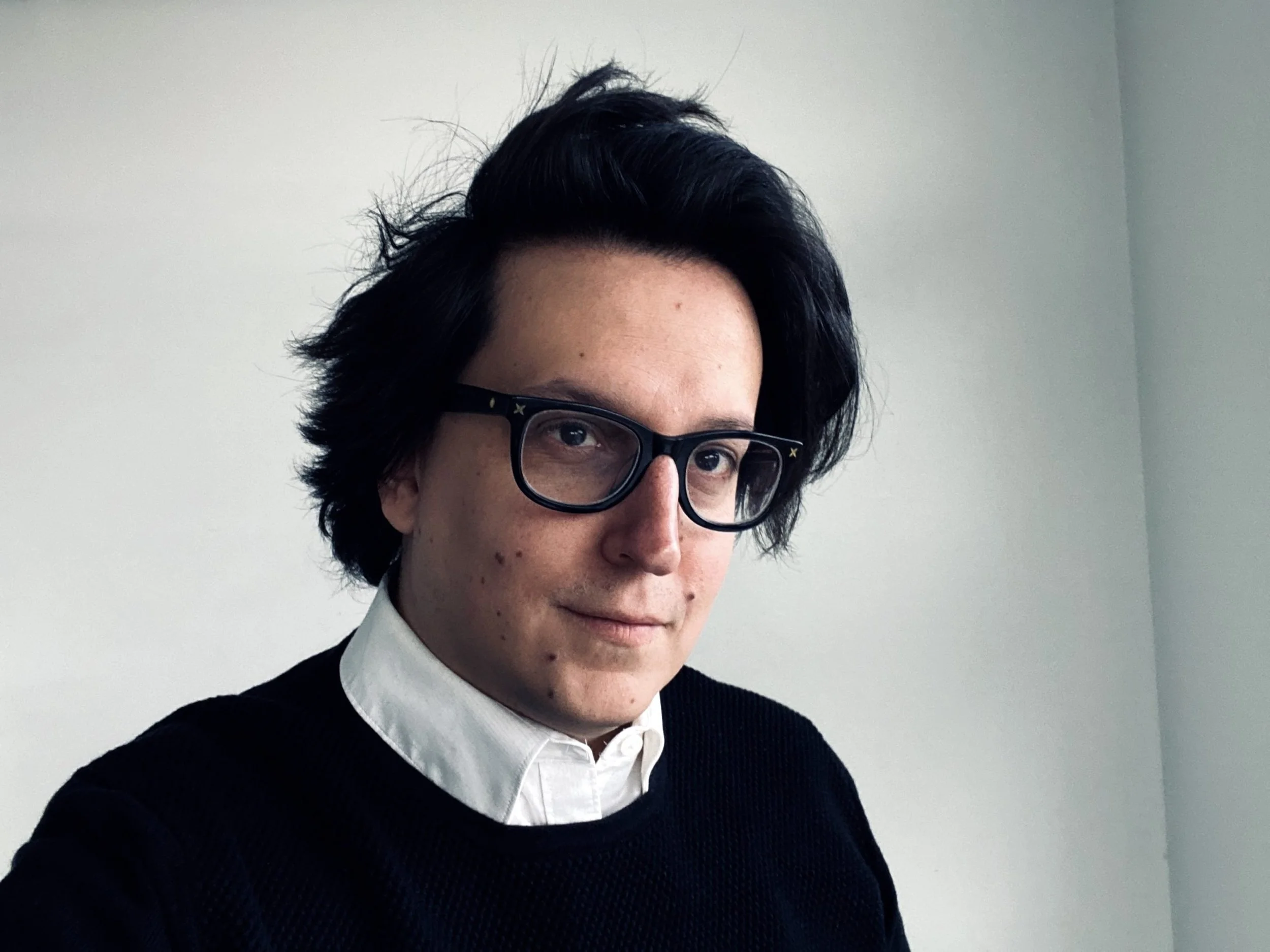BIG BANG Festival delivers live music to local kids
Music on Main and the Roundhouse Community Arts and Recreation Centre bring the Belgian celebration of sound for young audiences to Vancouver
Big Bang Festival. Photo by Jonathan Lorange
Music on Main and the Roundhouse Community Arts and Recreation Centre present the BIG BANG Festival on February 16 starting at 12 pm
WOUTER VAN LOOY has built his career in the arts specializing in children’s theatre and music. In 1995, the Belgium-based founder and artistic director of Zonzo Compagnie started the Big Bang Festival, an event that offers all different types of live music especially for kids in a way that he felt was lacking: one that broadens their world.
“When I went to concerts for children, they were mainly educational, with classical musicians trying to explain the difference between a violin and viola and why Mozart and Beethoven wrote certain music,” Van Looy says in a phone interview with Stir from his home in Leuven. “I was very often in concerts in the evening of contemporary classical music, improvised music, jazz music, and sound-art projects and I was really wondering why this was never shared with children. It was considered too difficult. I went with this idea of why can we not open the doors for all kinds of music for children, where there’s playfulness, experimentation, and artistic sharpness? The answer was ‘Let’s do this.’”
Geared to kids aged five and up, the Big Bang Festival has since been presented in countries all across Europe, in eastern Canada, and in Brazil. It’s now coming to Vancouver for the first time in a copresentation by Music on Main and the Roundhouse Community Arts and Recreation Centre.
Wouter Van Looy.
Entrance to the BIG BANG Festival is free with activities such as face painting, the Bounce House, and a lively carnival band. Then there are ticketed events, which give people access to two music rooms where they’ll discover a variety of musical genres, each one offering a unique and immersive experience.
Room 1 features Saina Khaledi, a renowned composer and santour virtuoso. Room 2 will see the Qing Ensemble mimic the sounds of a fierce storm through traditional Chinese instruments. Kids will contribute to the soundscape in a sonic journey led by Mongolian throat singer Bruce Bai, zheng player Dailin Hsieh, Charlie Lui on dizi and xiao, and Zhongxi Wu on sheng and suona.
Van Looy remembers facing skepticism when he first got the festival off the ground.
“We got to start in a very beautiful venue, an old arts house with a labyrinthine structure and we filled the entire house with experimental music and sound-art projects and told people it was part of a contemporary-music festival,” he recalls. “People said ‘Forget it, no one will come; parents will not bring their children.’ But we were quite stubborn and had a full program for one day with a capacity of almost 2,000 tickets and they all sold in advance.
“We had a strong motivation to open the doors to all kinds of experimental, improvised music and sound-art projects and at the same time present it to children in a way that we could have a very high involvement of the children,” Van Looy continues. “I studied with a professor who said that the quality of education can only be measured by the involvement of the children. You can’t just put children on a chair to sit and expect them to listen without giving them the possibility to do something to express themselves. You need to create space for experimenting, for adventure and self-exploration. All these ideas are integrated into the festival.”
Van Looy says that oftentimes kids aren’t given enough credit for what they’re capable of.
“With children’s concerts I often felt that children were very much underestimated,” he says. “There was this idea that they [musicians] first had to explain what they were going to do before children could enjoy or understand it. But I never saw this happening in children’s theatre, where they would stop and explain what they’re going to do before continuing. All the musicians and all the artists who play at our festival I always ask them not to explain what they do but to try to communicate through their music, through their art, not change the concert hall into a classroom. Education is important but we really need to separate education from an artistic communication with our audience in a concert hall.”
One way the fest aims to get kids comfortable, Van Looy says, is by creating a festive atmosphere. “This idea also comes from my old professor who said if you would like to have involvement, well-being is also important,” Van Looy says. “I translate this idea to the fact that people need to feel welcome. When people enter the building, they feel like they are entering into a party and they are very much welcome. In this kind of atmosphere they are much more willing and capable to discover, to experiment, to listen to music they never heard before, to listen to sounds they’re hearing for the first time. In this context of playfulness, having a warm, welcoming party is important. We try to decorate the buildings too so sometimes serious-looking concert halls look more creative, playful, and festive.”
Van Looy hopes that the festival might inspire young people to pursue music in any number of ways. He says when he was young, he wanted to be a violin player, but he was under the impression that the only options were to play in an orchestra or become a violin teacher.
“I was kind of bored by the possibilities,” he says. “It was only later that I discovered the richness of the possibilities in the music world. You can invent your own profession. There’s much more than playing in an orchestra or teaching. I wanted to show this richness of the music world to a large audience and I wanted to open the doors for young audiences. It all started from this little crazy idea in 1995. I’m excited to see the new Canadian version of our festival.” ![]()




